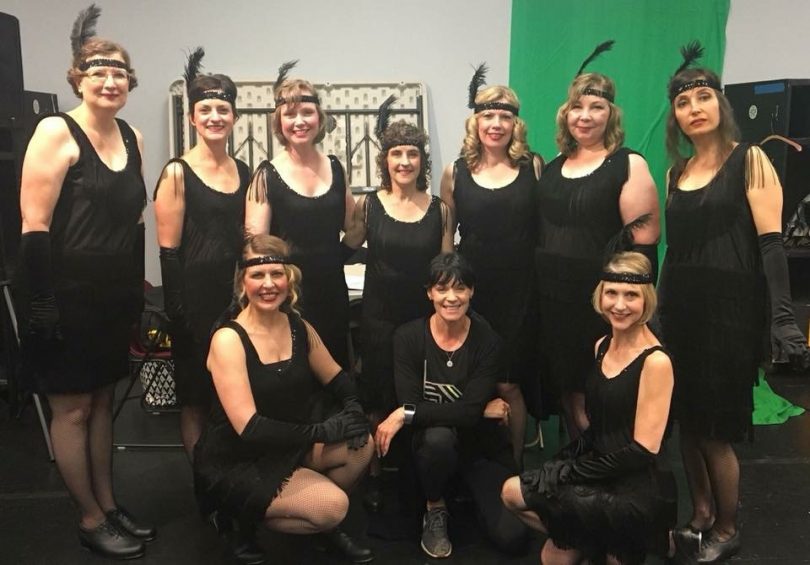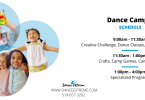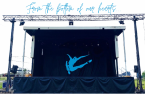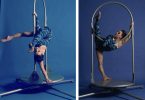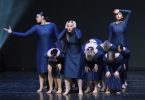You have many options when choosing activities for your child to participate in. So, many might ask, ‘Why should I choose dance?’ Well, we can tell you – without a doubt – that dance has many positive effects on children and adults of all ages.
Like with all physical activity, dance is a means of exercise, and with participation in any type of physical activity, endorphins (chemicals that produce a positive feeling and reduce the perception of pain) are released into the body and brain, which not only make us feel good but also benefit our ability to push ourselves to work a little harder, stretch a little further, and move a little longer.
Additionally, dance provides us with an outlet to express emotions as we explore various types of dance. Ballet, the most traditional and disciplined of dance forms, requires focus and agility but also invites an element of discipline and a mindset that allows all learners to increase body awareness and often elicit emotions stirred from the music.
There are many other dance forms in which to engage, and they range from easy to challenging (but always fun!), like hip-hop and jazz dance, which are fast-paced and in which the styles can vary from week to week, and from class to class. Contemporary and lyrical dance offer a more emotive way of moving that often taps into one’s own creative ideas. Contemporary dance, which is concept-driven, traditionally focuses on floor work and the use of the torso. Meanwhile, lyrical dance, through ballet technique, explores the lyrics of songs. Tap offers an opportunity to hone rhythmic abilities and musicality.
The benefits of dance are three-fold: First, dance is a means of exercise that is beneficial to our bodies in many ways; Secondly, dance allows the mover to express emotions; and thirdly, dance exercises not only work the body but also the brain.
When we dance, we are required to connect our movements to a prescribed beat or tempo while following the music. This engages multiple parts of our brains, as “music first involves subcortical structures like cochlear nuclei, the brain stem, and the cerebellum. It then moves up to auditory cortices on both sides of the brain. And when you hear music, listening also involves the memory centers in the brain, such as the hippocampus and lowest parts of the frontal lobe” (Levitin).
No matter how skilled, the mover most likely will leave dance class feeling elevated and much more content than when they entered.
For these reasons alone, dance is a fantastic activity that can be done as an individual or as a team. For those youngsters who are inclined to move to music, dance is a great activity to start with your child. For adults and seniors, dance provides them with physical activity in a social setting. Dance Extreme offers Adult Dance classes beginning every September. Visit www.danceextreme.com for more information.
By Richelle Hirlehey

